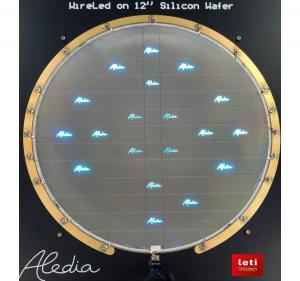MicroLED-Connect to host a 2-day MicroLED and AR/VR innovations virtual event next week!
Next week, on March 6-7, MicroLED Connect will be hosting a two-day virtual event focused on MicroLED and AR/VR innovations, technologies, manufacturing, markets and more. The online event will be an excellent opportunity to learn the latest microLED and AR/VR updates and connect with industry professionals on our excellent online event platform.
The virtual 2-day conference will include over 25 exciting talks by leading microLED developers, AR/VR developers, supply chain companies and top-edge researchers. This will be an excellent opportunity to learn and connect with the microLED industry, on an easy to access virtual event. You can register here, with a yearly pass to MicroLED-Connect (with an option to also include entry into our September on-site event in Eindhoven, The Netherlands). Our members also gain access to past event recordings.













